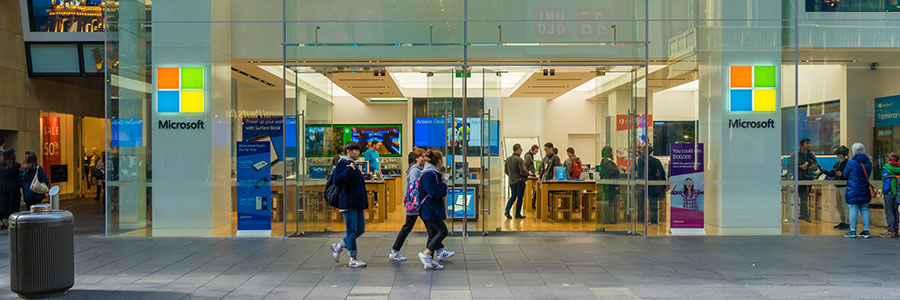In the world of IT, there is a continuous quest to build systems with less time, funds, and effort. This is why virtualization has become so popular. One type of virtualization, virtual desktop infrastructure (VDI), provides a consistent desktop experience from any device.
Best uses for virtual desktops
Virtualization isn’t as complex as you think
The lowdown on virtualization and the cloud

Virtualization and cloud computing are sometimes used interchangeably, and it's easy to see why people confuse the two. To set the record straight, virtualization is NOT cloud computing. But these two revolutionary technologies often overlap.
Virtualization
Imagine a company with five servers, each assigned a single task such as storage, email, etc.
How to get virtualization working
The management drawbacks of virtualization

IT managers turn to virtualization to effectively scale down on cost, boost efficiency, and maximize space in their server rooms. Yet, what they didn’t expect were the drawbacks involved in this technology solution. It’s therefore essential that you’re aware of the following management issues before going all in:
Backup
Incorporating a robust backup system in a virtualized setting can become a huge challenge.
Windows Server 2019 announced

If Microsoft’s latest server software is any indication, the virtualization trend shows no signs of slowing down. The first preview of Windows Server 2019 was released in March and includes a number of features focused on IT efficiency. Let’s take a look at the most valuable updates for small businesses.
Hypervisor security vulnerabilities
Virtual desktops vs. Containers
Windows 10 Home, Pro, or 10 S?
Virtualization best practices for newbies

The benefits of virtualization are so significant that deciding whether to jump on board is a no-brainer. It offers centralized IT management, faster hardware resources, improved business continuity, and reduced overhead costs. But in order to experience these benefits, there are a few best practices you need to consider.







